Fengtan Hydropower Station
The Fengtan Hydropower Station is located on the downstream of the Youshui River and at the junction of Yongshun, Guzhang, and Yuanling counties, approximately 46 kilometers from the center of Yuanling County. Construction of the concrete hollow gravity dam began in 1970, with four generators, each with a capacity of 100,000 kilowatts. As the tallest hollow gravity dam in the world, the hydropower plant started energy production in 1978. In 2004, an additional 400,000-kilowatt generator was installed, bringing the total installed capacity to 800,000 kilowatts. Experts have described the hydropower station as an unparalleled marvel of the hydropower industry, a unique cultural heritage etched into the history of human civilization, and a microcosm of China’s hydropower history. The station is seamlessly integrated with the Jiemuxi Nature Reserve, where the picturesque landscape of mountains and lakes captivates visitors, leaving them enchanted and reluctant to leave. It has been designated as a national 4A scenic area, recognized as a national industrial tourism demonstration site, and included in Hunan’s “New Eight Scenic Spots of Xiaoxiang”.
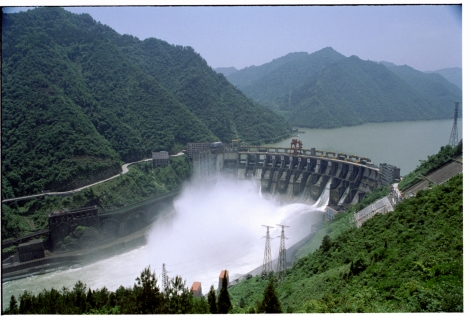
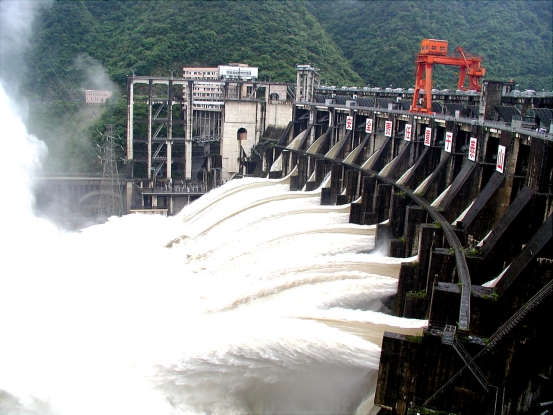
Er’you Mountain
Er’you Mountain is located 15 kilometers northwest of the county seat, named for its position at the confluence of You Mountain and the Youshui River. In 220 BC, during the Qin Dynasty, when Emperor Qin Shi Huang ordered the burning of books and the burying of scholars to control people’s thoughts, a Confucian scholar from Xianyang risked the execution of his entire family by hiding a thousand bamboo scrolls in the Er’you Cave. After the fall of the Qin Dynasty and the rise of the Han Dynasty, these scrolls were uncovered and presented to the Han court, significantly contributing to the preservation and development of Chinese civilization over the past 5,000 years. For centuries, countless scholars, officials, and dignitaries have visited the mountain to pay their respects, making it a symbol of Chinese civilization. Today, the scenic area features several notable attractions, including the Book Storage Cave, inscriptions at the Ancient Book Storage Site, Er’you Pavilion, Ten Thousand Scroll Pavilion, Cuiling Pavilion, Miaohua Temple, Er’you Hall, and Yangzhi Pavilion. The Er’you Book Storage Cave is now a provincial key cultural relics protection unit, while the Er’you Mountain Scenic Area is recognized as one of Hunan’s “New Eight Scenic Spots of Xiaoxiang” and is rated as a national 3A tourist attraction.
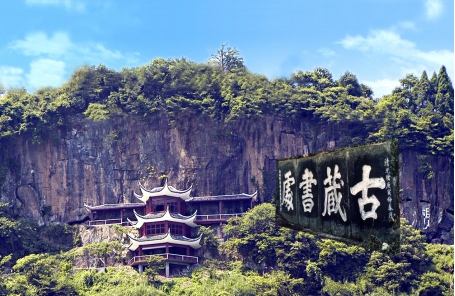

Longxing Lecture Temple
Longxing Lecture Temple is situated at the foot of Huxi Mountain, to the west of Yuanling county seat. It is built facing south and overlooks the confluence of the Yuanshui River and Youshui River. Established in the second year of the Zhenguan period (628 AD) during the Tang Dynasty by the order of Emperor Taizong Li Shimin, the temple covers an area of 28,000 square meters, with a building area of 5,000 square meters. It features a wooden architectural complex. The temple complex consists of 14 main structures, including the Fire God Temple, Qianwang Palace, Tushan Gate, Touguo Hall, Tianwang Hall, Ershan Gate, East and West Wing Rooms, Mahavira Hall, Amitabha Pavilion, Zhantan Pavilion, Guanyin Hall, and Huxi Academy. Over the centuries, it has undergone numerous expansions and renovations, blending architectural styles from the Tang, Song, Yuan, Ming, and Qing dynasties. Its grandeur, exquisite craftsmanship, and unique design make it a remarkable example of ancient architecture in southern China. Longxing Lecture Temple is one of the oldest, largest, and best-preserved temples in Hunan Province, as well as one of the oldest Buddhist academies in the country, serving as a tangible asset for studying the history of ancient Chinese architecture. Longxing Lecture Temple was designated as a national key cultural relics protection unit in 1996 and is rated as a national 3A scenic area, part of Hunan’s “New Eight Scenic Spots of Xiaoxiang”, and one of the beloved scenic spots in Hunan.
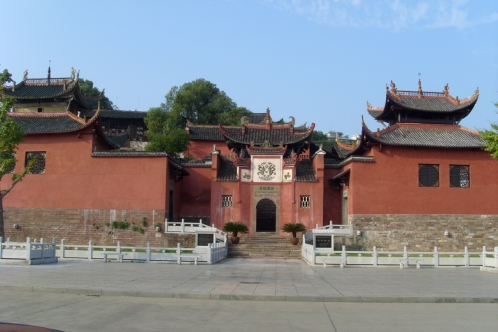
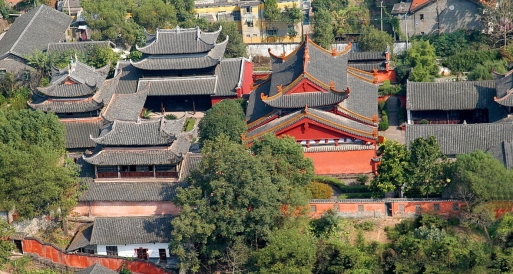
Jiemu Creek National Nature Reserve
The Jiemu Creek National Nature Reserve is located in the northwest of Yuanling County, where Yuanling, Yongding District, and Yongshun meet, covering a total area of 32 square kilometers. Known as an “Ecological Kingdom” and a “Natural Oxygen Bar”, Jiemu Creek boasts vast expanses of pristine secondary forests, with a forest coverage rate of 89.6% and a high concentration of negative oxygen ions. Jiemu Creek is celebrated as a “Paradise of Species”, home to a rich array of wildlife with ancient origins. It features 23 species of nationally protected wild plants, including the newly named species Yuanling Oxhorn Beech, Yuanling Long-Podded Lettuce, and Yuanling Mountain Daphniphyllum. Additionally, there are 35 species of nationally protected wild animals, with 31 of them listed under the Convention on International Trade in Endangered Species of Wild Fauna and Flora (CITES). Notably, the white-necked long-tailed pheasant was first discovered here in Hunan. Jiemu Creek is renowned for its stunning scenery, characterized by karst landscapes featuring isolated peaks, stone outcrops, caves, spring waters, and ancient trees, all creating a tranquil environment. Major attractions within the reserve include Gaodong Waterfall, Tongtian Gate, Yuxian Cave and Rhinoceros Pool. Jiemu Creek serves not only as a base for studying biodiversity but also as an ideal location for natural conservation, environmental education, and eco-tourism. It is recognized as a provincial-level eco-tourism demonstration area and a national 3A tourist attraction.
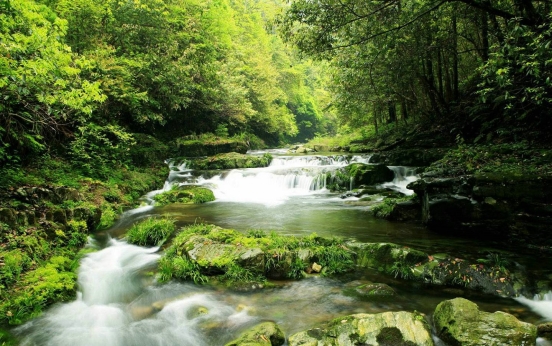
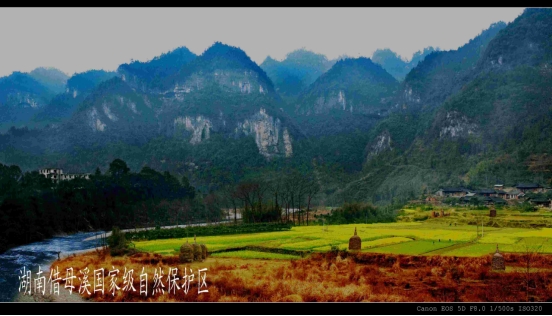
Phoenix Mountain
Phoenix Mountain Forest Park is located on the southern bank of the county, directly across the river from the county seat. With an elevation of over 200 meters and covering an area of 756 hectares, the park features a forest coverage of 643.5 hectares. The mountain is named after the legend of phoenixes soaring through the skies. It is characterized by lush greenery and serene landscapes. At the summit stands Phoenix Temple, which was originally built during the Ming Dynasty’s Wanli period (1573-1619). Surrounded by trees, the temple exudes a tranquil atmosphere, with fragrant incense wafting through the air. The Lanhui Pavilion overlooks the river, offering stunning views of the cityscape, while the pagoda atop Xianglu Mountain rises majestically into the clouds. Historically, Phoenix Mountain has been celebrated as “the most beautiful scenic spot in central Hunan”. Between 1938 and 1939, General Zhang Xueliang was held in confinement here for over a year, further enhancing the mountain’s fame. Major attractions within the park include the Ancient Phoenix Temple, Wangjiang Pavilion, the Exhibition Hall of General Zhang Xueliang, Turtle Pool, Fengming Tower Garden and Fengming Tower. In 1993, the provincial government approved it as a provincial scenic area. It was designated as a provincial forest park in 1997, recognized as a key cultural relics protection unit in 2002, and rated as a 3A scenic area in 2003. It is also part of Hunan’s “New Eight Scenic Spots of Xiaoxiang”.
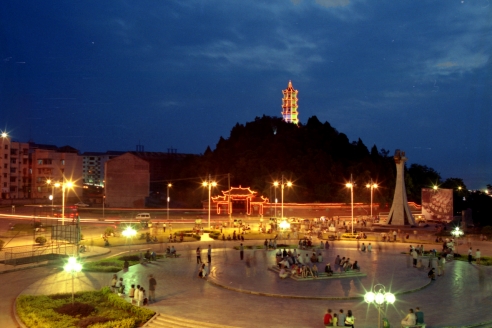
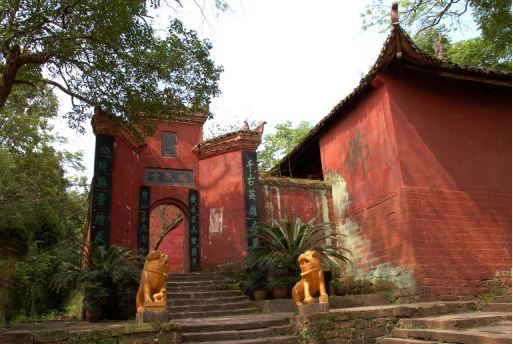
Dabie Creek Rafting Scenic Area
As a national 3A scenic area, Dabie Creek originates from the Xuefeng Mountain. The rafting stretch is 8.5 kilometers long, ending at the tail of the Wuqiangxi Hydropower Station dam, located 73 kilometers from Yuanling County by water, 118 kilometers from Changde City, and 150 kilometers from the Zhangjiajie scenic area.
The Dabie Gorge is characterized by towering mountains and dense forests, with a vegetation coverage rate exceeding 85%. The air is fresh, rich in negative ions, and the area is known as a natural oxygen bar. The river features an array of unique stones in vibrant colors, with winding and naturally varying rapids.
Upon reaching the end of the rafting journey, visitors can enter the Wuqiangxi National Wetland Park. Floating downstream, one can enjoy a ten-mile picturesque corridor featuring the majestic Kuafu Mountain, the solemn Shunmu Bridge, and the beautiful scenery of willow groves. The experience is enchanting, with the water reflecting the sky, evoking the sentiments described by writer Shen Congwen as “a heartbreakingly beautiful place”.
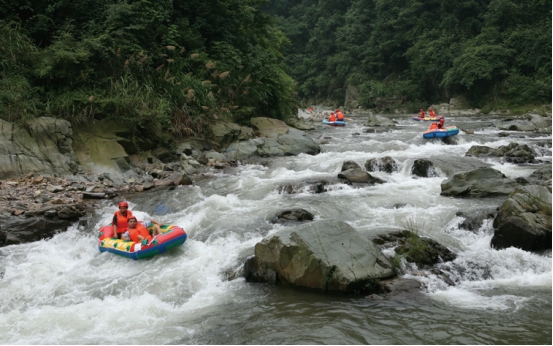
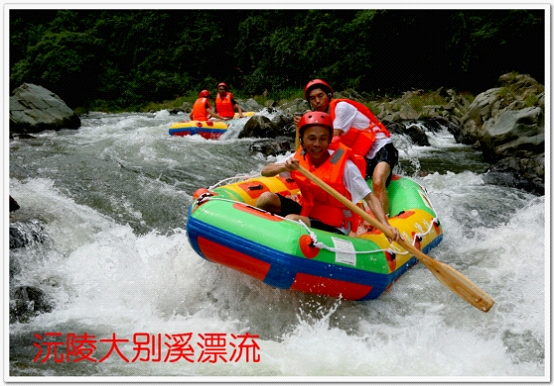
Baihe Valley Scenic Area
Baihe Valley Scenic Area is a unique destination that blends the natural wonders and cultural heritage. It is the mother river of the Tujia people and the birthplace of “jiu” (liquor), often referred to as the River of Longevity. Historically, it served as the boundary between the Tusi (local chieftain) dynasty and the Han Dynasty, and it is known as the golden waterway of the Southern Water Silk Road, where folk songs flourish. Visitors can learn about the two historical conflicts between the Miao and Han people, known as the Xizhou Wars, and the origins of Tusi autonomy. The area offers experiences such as rafting to enjoy a leisurely water lifestyle, traversing the Manhan Cave to feel the rich history of the Tusi over the past 800 years, and exploring the Karst landscape along the Tusimen Grand Canyon. Additionally, tourists can participate in traditional river god worship by riding ancient towboats, and rowing and pulling ropes to the rhythm of the work songs of boat trackers.
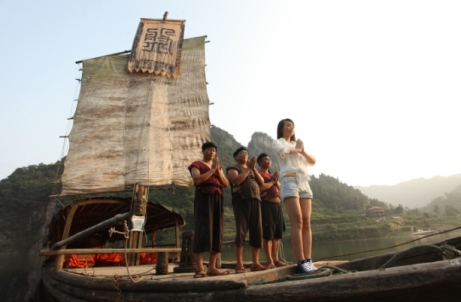

Chenlongguan Jietan Tea Plantation
Chenlongguan Jietan Tea Plantation is located in the northern part of Guanzhuang Town in Yuanling County. It serves as a large ecological tea garden centered around the Chenlongguan area, covering a total area of 14.1 square kilometers. The plantation spans across Jitingyi Village, Pailoubian Village, and the surrounding areas of Laojie Village. The establishment of the tea plantation aims to promote the combination of tea production and leisure tourism while showcasing and promoting Chinese tea culture. This comprehensive leisure estate integrates tea production and sales with various activities such as ecological tourism, relaxation, scientific education, sightseeing and entertainment. It provides visitors not only with quality tea products but also with opportunities to immerse themselves in the rich cultural practices surrounding tea cultivation and appreciation.
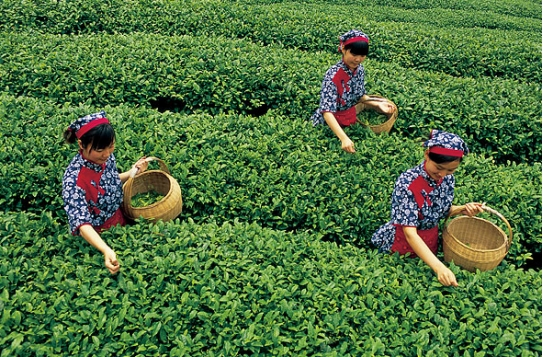
Hujiaxi Tujia Ancient Village
The scenic area is located 28 kilometers northwest of Yuanling County, along the eastern bank of the Yushui River, adjacent to the Yuanfeng Highway. It lies centrally between the Er’yu Mountain Scenic Area and the Fengtan Hydropower Station Scenic Area. Leveraging the well-preserved ancient village layout of Hujiaxi Village and its rich historical and cultural advantages, the site highlights the unique characteristics. The scenic area is built upon traditional Tujia residential architecture, supported by Tujia folk culture, and driven by the potential for sightseeing and leisure in the ancient village. It integrates various tourism resources, including ancient residences, tea gardens, historic postal routes, ancient trees, and terraced landscapes. The site aims to accelerate the construction of supporting tourist infrastructure to enhance the standard and accessibility of tourism services while deeply exploring the region’s folk culture. Hujiaxi Village is recognized as a national traditional Chinese village and a historical and cultural village in Hunan. Additionally, it is a vital component of the Overall Tourism Planning for Yuanling County and one of the key attractions in the Yushui River Valley scenic area. The area provides an opportunity for visitors to immerse themselves in Tujia culture and traditions, all while enjoying the natural beauty and heritage that Hujiaxi has to offer.
(Translated by Yang Hong)
